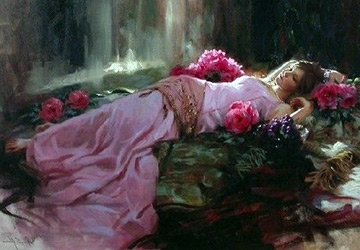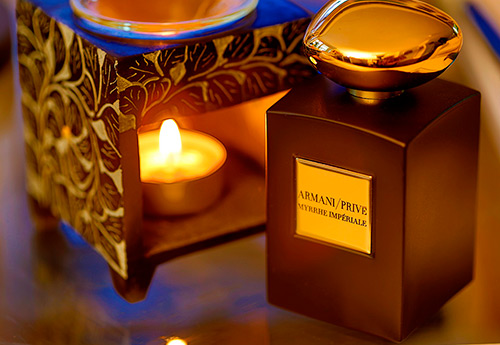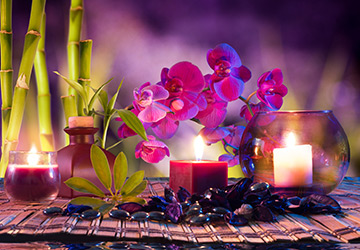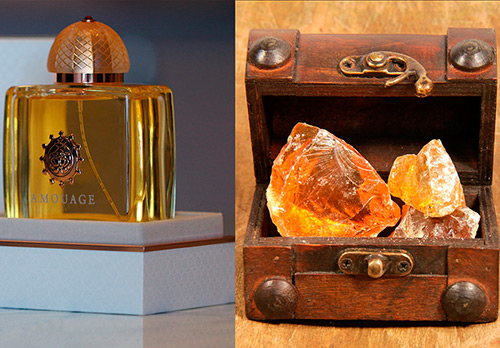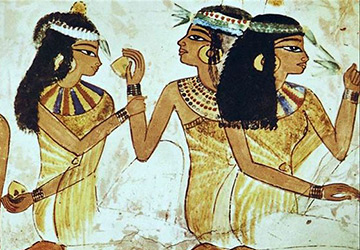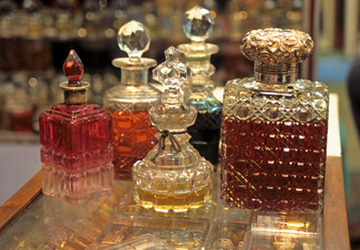Perfumery
Ancient Egypt and the history of perfumery
The history of the creation of the first incense takes us to deep antiquity. Archaeological finds allow us to slightly open the veil behind which hides the secret of the art of creating aromas of ancient Indian, Babylonian and egyptian civilizations. All of them are connected by a thread of borrowing knowledge and experience from each other in obtaining essential oils. Indeed, for many centuries, people have sought to discover the secret of the scent, to extract it, to find ways to use its magical power to treat diseases.
In Ancient Egypt, fragrances played a special role; they accompanied a person living on earth and departed to another world. It is here, in Egypt, that the secrets of creating the first incense should be sought. Essential oils were an integral part of rituals - honoring deities, washing with fragrant incense during prayer. And the use of the aromas of myrrh, incense, turpentine resin were considered the best means for elevating the soul.
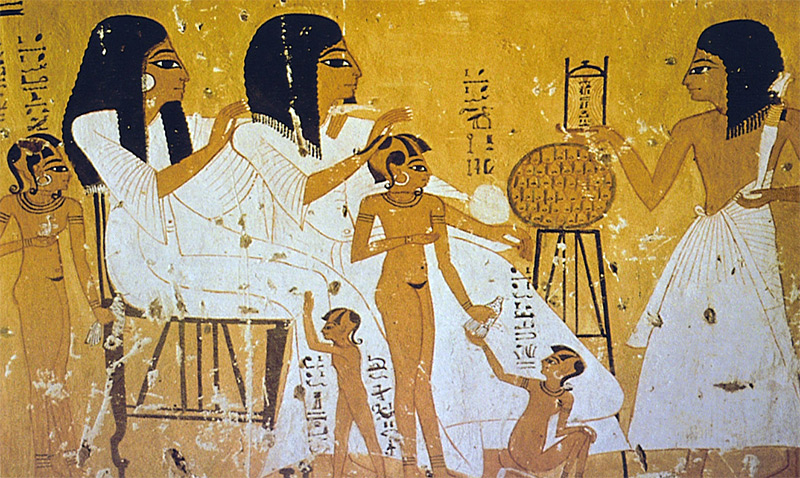
In the temples of Ancient Egypt, the aromas of myrrh, incense, cedar and cypress were especially revered, which were displayed in vessels on the four cardinal points and symbolized healing, divinity, protection from enemies and masculinity. Fragrant resins, wood, fruits, plants, spices in the form of balls, which were placed over a fire source, were used to scent the air.
In the city of the Sun, Heliotrope, rituals dedicated to the deity Ra were performed - they used different incense three times a day - at dawn - amber resin, at noon - myrrh, at sunset - a mixture of 16 components, which was called "kufi", which is translated from ancient Egyptian meant - "welcome to the gods." Among these 16 ingredients were myrrh, saffron, juniper, gorse, pistachios and fenugreek seeds and other incense.
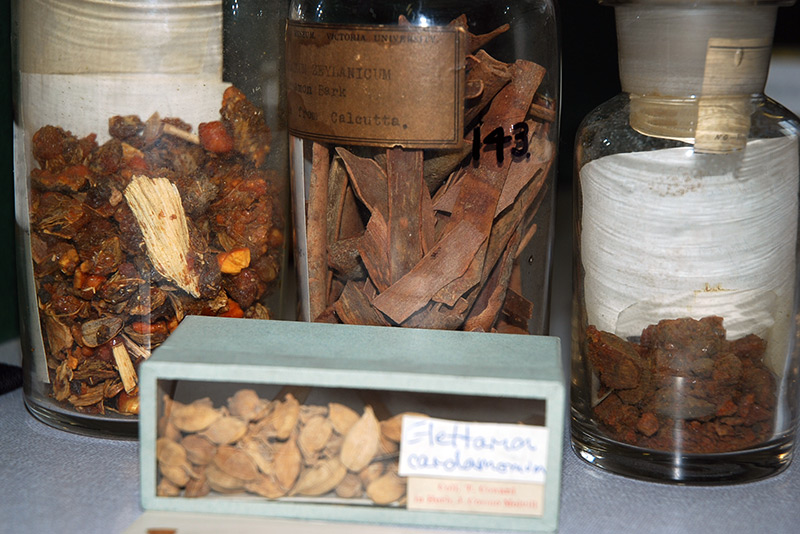
Many recipes have not reached us in their original content. But all these incense was used not only in religious rituals, but also in order to cure various ailments. For example, it was believed that the fragrant mixture of kufi improves sleep, soothes, relieves anxiety. "Oil is a medicine for the body" - wrote Pharaoh Amenhotep III (1405 - 1367 BC). The scent of myrrh was clearly felt in the opened tomb of Tutankhamun.
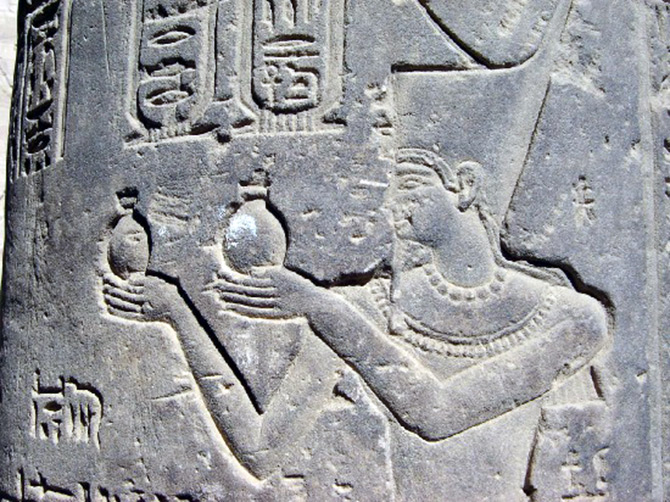
Why did the ancient Egyptians embalm the bodies of dead pharaohs or other noble people who managed to build a tomb for themselves during their lifetime? They believed that the body must be kept in the best condition during the transition to another world, because the soul remains, and it must live in a preserved body, not subject to decay.
Therefore, the burial of the body was accompanied by an abundance of aromatic substances, this is confirmed by the remains of hardened fragrant extracts found in the pyramids of the pharaohs, and each of them had its own individual aroma. The exact recipes for aromatic agents and the method of embalming, despite the detailed descriptions of Herodotus (490-480 - 425 BC), have not survived.
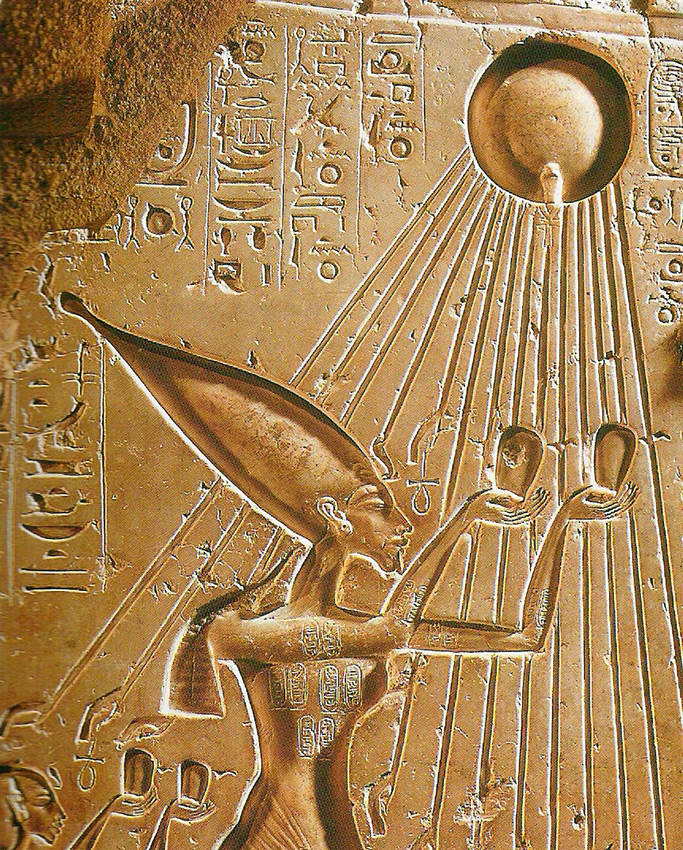
The main method of obtaining odoriferous substances was pressing. The ancient Egyptians had laboratories that carried out pomace, extraction, and hot maceration. They used olive, sesame and almond oils. The Egyptians also used oils such as castor oil, made from castor oil, which contains the poison of ricin, behene (from seeds of moringa plants), oil from safflower seeds.
The oil was also used for protection from hot sunlight. The most refined oils were considered to be lotus, lily and iris. All the recipes were kept secret, but archeological findings confirm that sometimes recipes with the exact content of the components and the sequence of all procedures were carved on the walls of the "laboratories" where the fragrances were created.
Most of the aromatic substances had to be imported into Egypt, because in the hot climate, drying up the soil, there were few plants. So, for example, myrrh and incense were imported from Arabia, sandalwood and agaro wood - from India or from the island of Ceylon (Sri Lanka), pine, olive oils, cinnamon and vanilla - from Libya, Arabia and the Middle East. Arabian seafarers traded in spices. They were cinnamon, black pepper, nutmeg, ginger root.
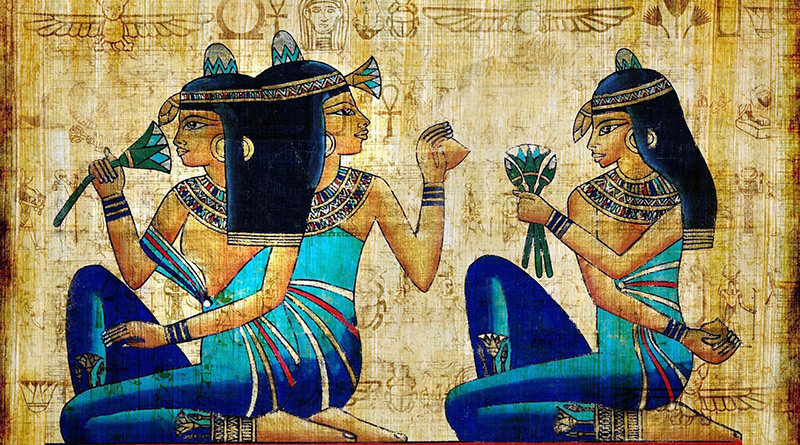
Where did the ancient Egyptians keep their incense? These were special vases made of marble onyx, which was mined in Thebes. Their sizes and shapes were very diverse. For the flowing essential oils, small alabaster vessels were used, and the rubbing was kept in small stone or ceramic bottles that were made in the form of animal figurines.
But fragrances were also appreciated for the fact that they had erotic properties. After all, aromas were used not only for the purpose of healing from ailments or performing rituals, they were enjoyed, they experienced bliss, a feeling of love, joy, they seduced, charmed and excited. But the desire to be liked came at a cost. One gram of myrrh was worth the same amount of gold dust.
Ancient Egyptian perfumes were a mixture of hardened fat and essential oils that were placed on a wig at the beginning of the day. Under the hot sunbeams, the fat gradually melted, and the essential oils evaporated. They rubbed the body with incense, Queen Cleopatra was always enveloped in aromas. She herself, with great skill, made up fragrant mixtures and cosmetics. When Cleopatra arrived in Tarsus on her ship, the scarlet sails of which were saturated with incense, Antony was defeated.
A new page in the history of perfumery was opened already in the Ancient world - in Ancient Greece.
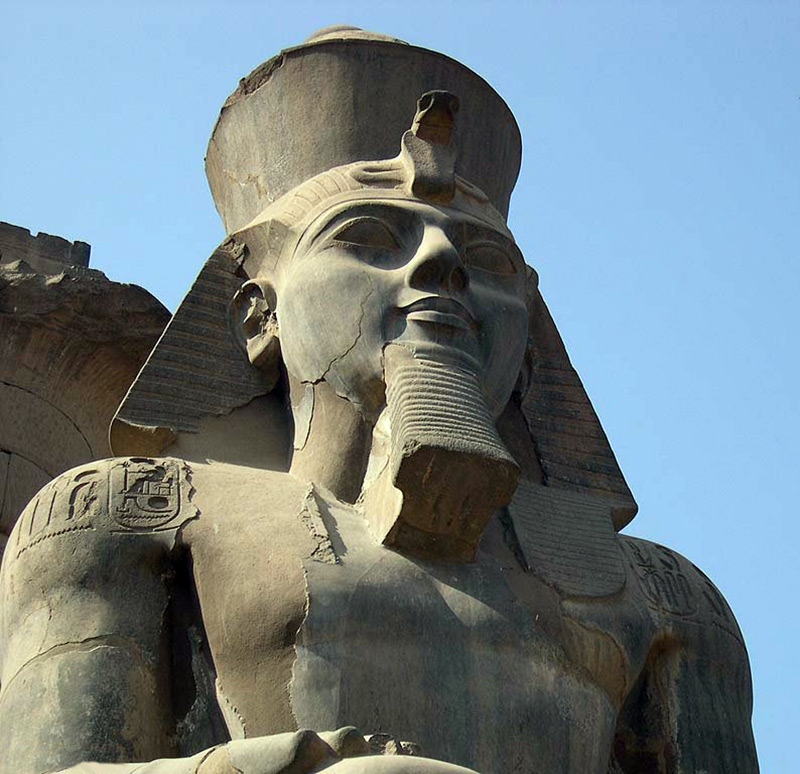
Comments and Reviews
Add a comment
Rating news
Shades of clothing that make women look younger
What shades of hair make women younger: rules and photos
Funny wedding dresses - photos and ideas
12 most expensive down jackets for the winter
How to look 25 at 40: tips from supermodels
Beautiful schoolgirls
Anti-aging haircuts and hairstyles for women
Fashionable skirts for autumn and winter
Fashionable women's trousers for the cold season
Fashionable and stylish sandals for summer 2024
Spring-summer 2024
 Fashionable dresses and tops with thin spaghetti straps
Fashionable dresses and tops with thin spaghetti straps
 Bandana tops: how to wear stylishly and beautifully
Bandana tops: how to wear stylishly and beautifully
 How to put together the perfect men's wardrobe for the summer
How to put together the perfect men's wardrobe for the summer
 Trendy shorts for spring-summer 2024
Trendy shorts for spring-summer 2024
 Fashionable skirts for spring-summer 2024: a guide to online shopping
Fashionable skirts for spring-summer 2024: a guide to online shopping
 The most fashionable dresses spring-summer 2024: styles and colors
The most fashionable dresses spring-summer 2024: styles and colors
 Fashionable total look 2024: image ideas and trends
Fashionable total look 2024: image ideas and trends
